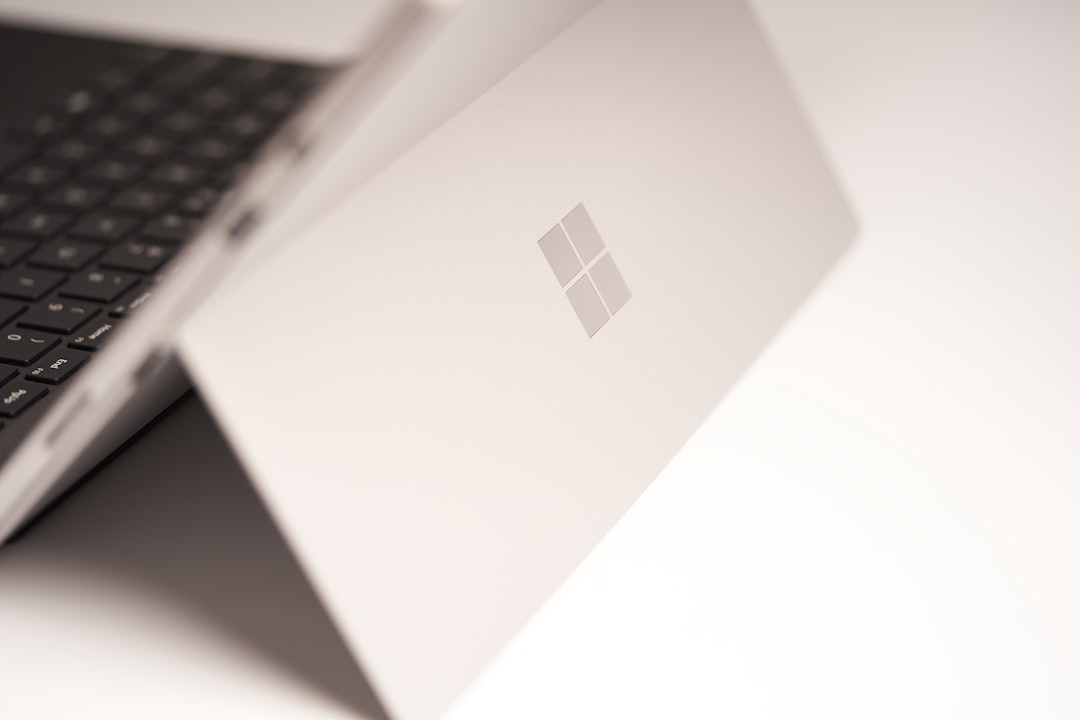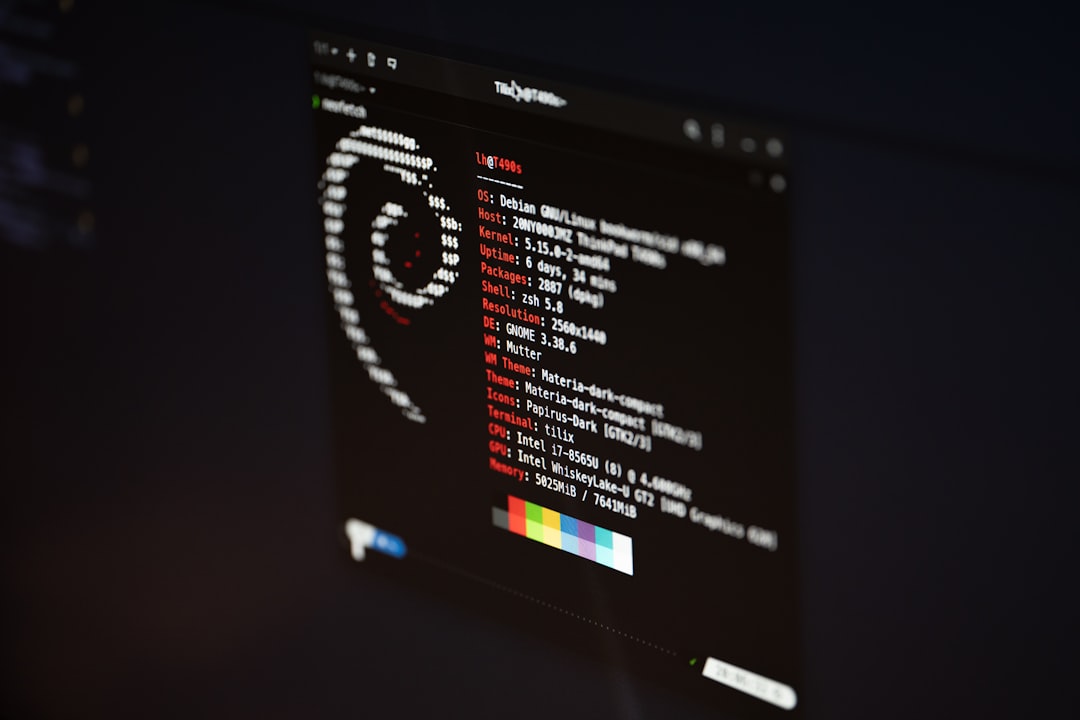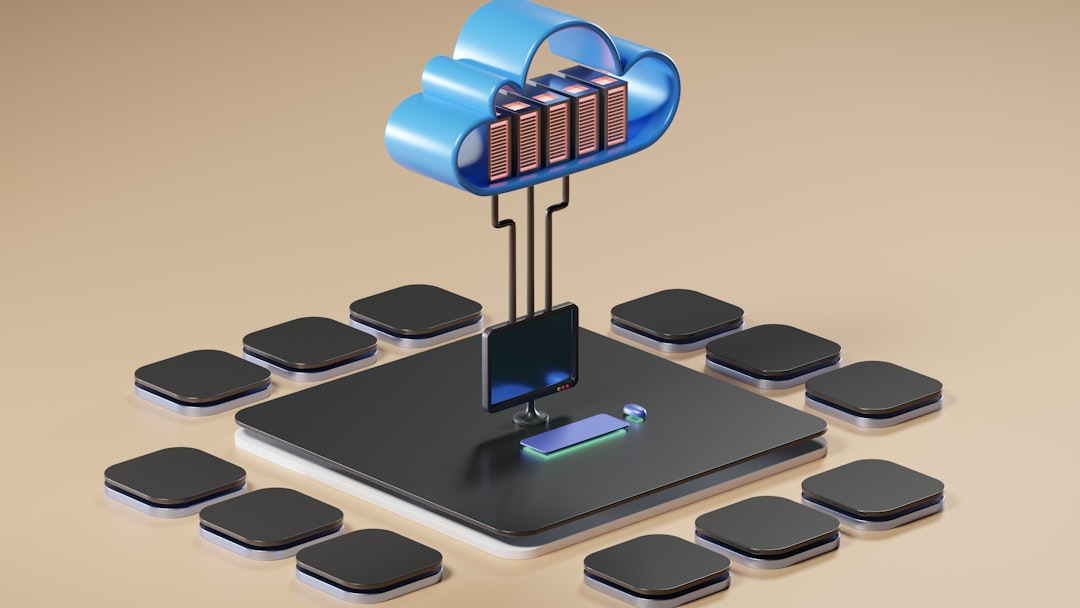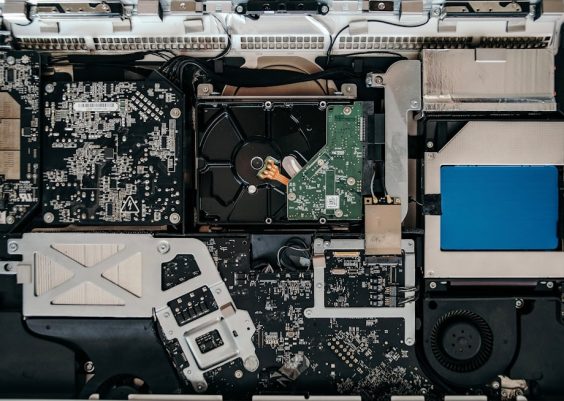Data backups are a critical part of maintaining the health and security of any Windows system. However, errors can occasionally disrupt this process, and one particularly troubling error for many users is the Windows error 0x800701b1. This error often occurs during backup operations when transferring data to an external drive or accessing a USB-connected storage device. While several factors can lead to this issue, the most common culprits include power plan settings and USB controller driver problems.
Understanding the cause behind the error code 0x800701b1: A device which does not exist was specified is essential for effective troubleshooting. Though the error message may suggest that the storage device is missing or disconnected, it often results from the system’s power-saving settings or outdated and incompatible USB controller drivers.
What is Windows Error 0x800701b1?
The 0x800701b1 error typically occurs when Windows fails to read from or write to a device. This can interrupt file backups, prevent application installations, or halt file transfers to and from a USB drive. Users commonly encounter this issue while using the Windows Backup utility or trying to copy large files to an external storage device.

Root Causes of the 0x800701b1 Error During Backups
There are multiple potential reasons for encountering this error, but the following two have shown to be the most impactful:
- Improper or restrictive power plan settings – These can automatically power down connected USB devices to conserve battery or energy.
- Outdated or faulty USB controller drivers – These can prevent the system from properly communicating with external drives, leading to data transfer failures.
Let’s dive deeper into how each of these can be addressed effectively.
Fixing the Problem Through Power Plan Adjustments
Windows includes power-saving features that, although helpful for conserving energy, can interfere with backup processes. When power management settings restrict the power supply to USB ports or put them into a sleep state, the external drive may appear as “not existing” to the system – triggering the 0x800701b1 error.
Steps to Modify Power Plan Settings:
- Open the Control Panel and go to Power Options.
- Select the currently active power plan and click on Change plan settings.
- Click on Change advanced power settings.
- Under USB settings, expand USB selective suspend setting.
- Set it to Disabled for both On battery and Plugged in options.
- Click Apply and then OK.
This change ensures that Windows does not put USB drives to sleep during intensive tasks like backups. For users on laptops, disabling USB selective suspend may slightly reduce battery life but significantly improve system stability during backups.

Updating USB Controller Drivers
If the power settings don’t resolve the issue, then a common place to look next is the system’s USB controller drivers. These drivers are crucial for proper communication between Windows and attached USB devices. Outdated or corrupt drivers can cause all kinds of device detection issues, including the 0x800701b1 error.
How to Update USB Controller Drivers:
- Press Win + X and select Device Manager.
- Scroll down and expand the Universal Serial Bus controllers section.
- Right-click each item listed (especially those labeled USB Root Hub or Generic USB Hub), then select Update driver.
- Choose Search automatically for updated driver software.
- Restart your computer after all possible drivers have been updated.
Alternatively, users can visit the motherboard or system manufacturer’s website to manually download the latest USB controller drivers tailored for their hardware model.
Other Helpful Tips to Avoid the Error
Aside from power plans and USB drivers, there are a few additional considerations users should keep in mind to prevent this kind of device-related issue:
- Use high-quality USB cables – Faulty or damaged cables can disconnect intermittently.
- Insert the USB drive into a different port – Try using ports located directly on the motherboard (usually at the back of a desktop PC).
- Avoid using USB hubs – Direct connections tend to be more stable and less prone to latency or power issues.
- Run CHKDSK – The issue might stem from logical errors on the storage device itself.
To run CHKDSK, use the following command in Command Prompt:
chkdsk X: /f /r
(Replace X with the drive letter of your USB/external disk.)
Preventative Strategies for Long-Term Stability
Once the error is resolved, you’ll want to avoid a recurrence. A few simple maintenance practices can go a long way in ensuring smooth backup operations in the future:
- Keep your operating system and all drivers up to date.
- Perform regular virus scans to ensure malware is not interfering with USB drivers.
- Safely eject USB devices after use.
- Invest in a high-quality external hard drive with good read/write speeds and robust error handling.

While it might seem daunting at first, resolving the 0x800701b1 error often comes down to ensuring that Windows treats external devices consistently and reliably—especially during crucial operations like system backups.
Frequently Asked Questions (FAQ)
- What does error 0x800701b1 mean?
- This error indicates that the system cannot access the specified device—often due to driver issues, power interruptions, or faulty connections.
- How do power settings affect USB devices?
- Windows may put USB devices into a low-power sleep mode to save energy. This can interfere with file transfers or backups that require consistent access.
- Is this error related to hardware failure?
- It can be, but not always. Before replacing hardware, users should adjust power settings and update drivers to rule out software-level issues.
- Can I fix this error without third-party tools?
- Yes. Built-in Windows tools like Device Manager and the Power Options panel are often sufficient to resolve the error.
- Should I reset Windows if this error keeps occurring?
- Resetting the OS should be a last resort. Try all other troubleshooting steps first, including driver updates, cable changes, and power adjustments.
By taking a systematic approach to diagnosing and resolving the 0x800701b1 error, users can restore reliable data backups and ensure USB devices function as expected in Windows environments.




